During my winter shopping spree, I was spending laughably small amounts of money on various P&Ss and fix focus 35mm plastic cameras. I saw this camera for 1 CZK (about 4 us cents) on our local auction server, I placed the 4 cent bid, set max for 50 and let it its own devices. Most of the time, no one else bid on those weird cameras. That’s how I got my Canon Prima BF-80 Date.
I must say, that during waiting for the Canon Prima BF-80, I grew more and more anxious to receive it. I did a thorough search on the web; found this guy: Fatih Yilmaz and his BF-80 Date Album that has a dozens of killer shots from this camera… needless to say that my anticipation of the postman grew every day.
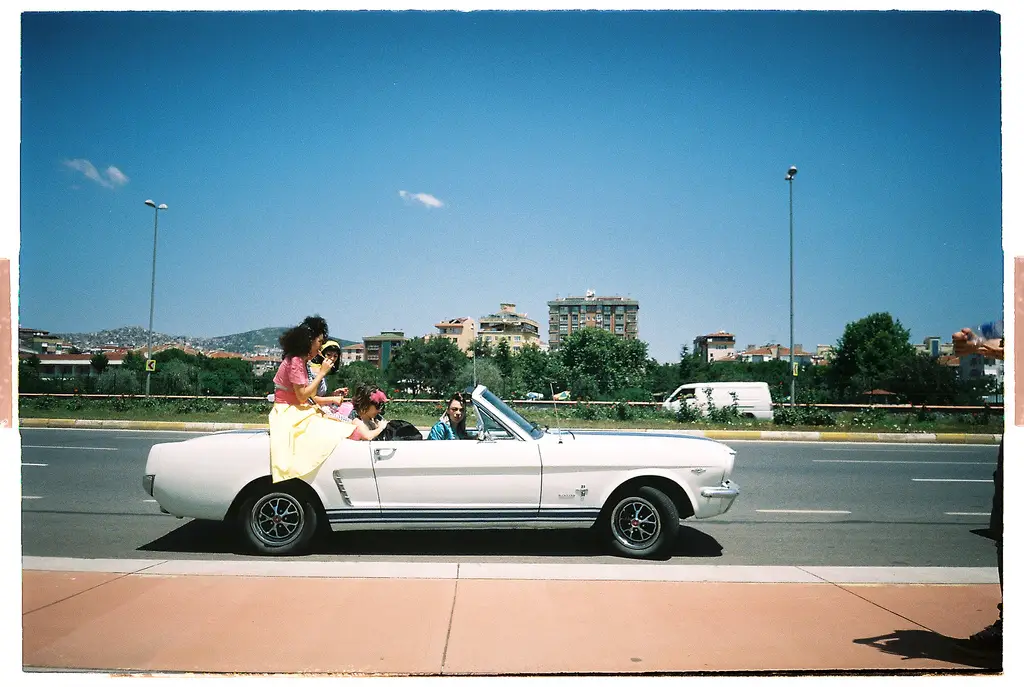
On of many killer shots by Fatih Yilmaz – link (used with permission)
Ergonomics and features
By the quick look, you can recognise the large viewfinder and overall form factor common on Canon Prima (Snappy) line from that era. It fits nicely in my hands. Hinge on the back of the camera further enhances the grip. View finder is large and unobstructed by anything. This is because the camera is focus free. Yep, that’s right. I must admit, that I was looking forward to it because of it. It is operated by two AA batteries that are needed for the motor, shutter and flash. The flash is automated but can be either always enabled or always disabled by holding one the buttons on the front. These are sadly located on the left side of the camera to be operated by left hand. Have they been placed in the reach of middle finger on the right side it would turn it in to a nice one handed shooter. This approach to flash operation was quite common back then. I personally would rather see a hardware switch (like on underwater WP-1 or sister BF-8). Regarding the flash, the recycle time is quite quick and when the flash will fire, it will light a tiny incandescent light that illuminates your objects. This is probably the strongest light I’ve seen any camera to emit. While looking through the viewfinder, the illumination really makes a difference. There are no blinding diodes like in Fuji DL Super Mini. There is a small green diode, which lights when the camera is ready to fire. This is useful basically only when you are using (or the camera decides) to use flash. It will blink rapidly while the flash is being charged.
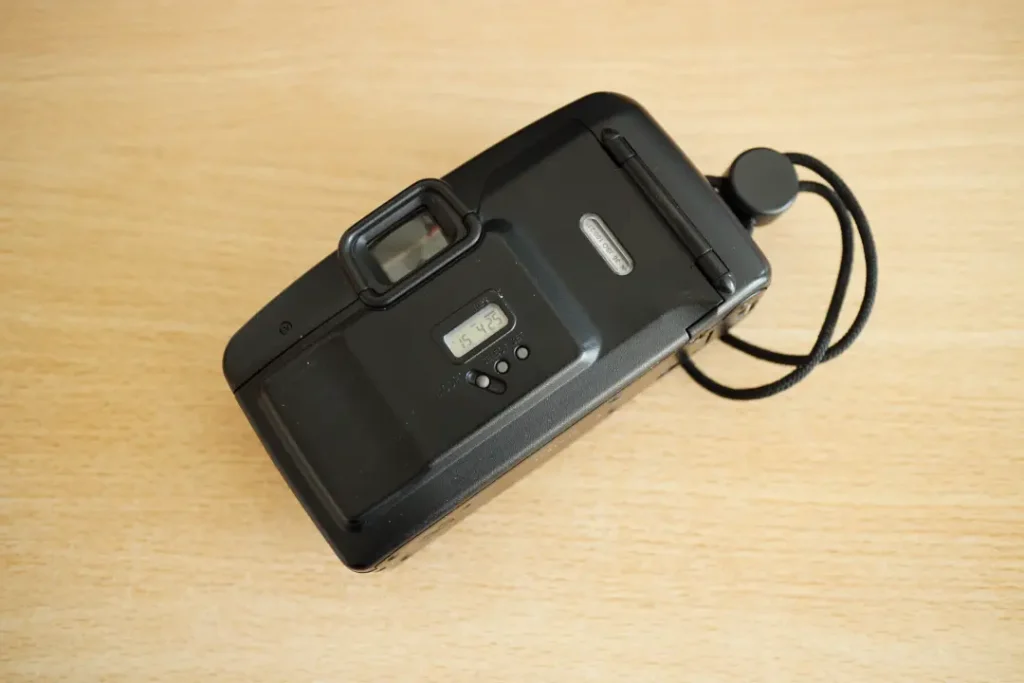
My incarnation is the DATE version that has a date imprint function in the back. For this to work another CR2025 button battery is needed on top of two standard AA batteries for the body. Replacing the date battery does not require tools and the camera will function without it just won’t imprint the date of course. As opposed to for example Fuji DL-500 where the same battery is required for the camera to function and is held in place by few tiny screws. Well done here Canon. Imagine the joy I felt when I popped a new battery in the back and the back LCD shown nice segments without a slightest sign of fading. For easier setting of the date, the end of the hand strap has a tiny bit protruding. The date versions are classic… year month day in all sensible combinations, day and time or just nothing, which is indicated by dashes on the LCD. The date imprint is done in orange seven segment LCD type digits – ol’skool.
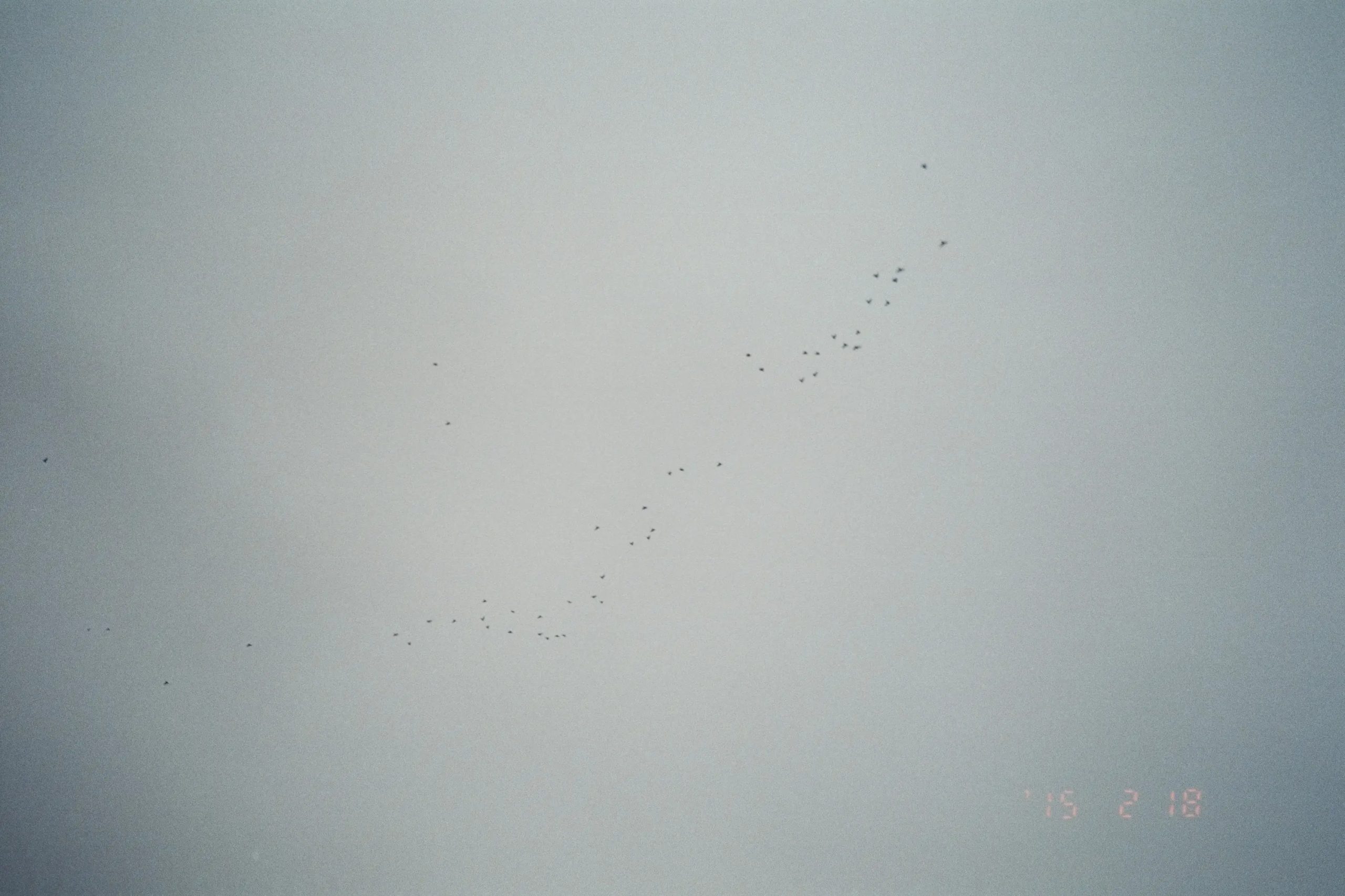
Lens is three element 32 millimeters. Focal length regarded by some as the sweet spot between 35 and 28 mm. I don’t have any particular attachment to this focal length over 35 or 28; the same focal length that Lomo LC-A or Canon Sureshot A-1 (WP-1) uses. The aperture is measly f/6.7 and the camera can stop it down a bit when it feels like it. The aperture is triangular. Only place where this could come to play is photos in rain or snow where flakes and drop close to the lens would come out as little triangles. This is a common shape in many compact cameras though. The quality of the lens is nothing to write home about either. It’s not that bad but it won’t give you any character in exchange for its low resolution (i.e. vignetting or chromatic aberration). The focus is, as stated previously, fixed. It is not fixed at infinity however. By my account, it is fixed somewhere around 1.5 – 2 meters. Photos taken at this distance seems reasonably sharp even when there was not enough light for the camera to stop down the lens. Pictures of objects at infinity are sometime definitely not sharp. When the camera stops the lens down it can however give pretty sharp results. Using 400 ISO film with it would probably be a way how to push it towards stepping the lens down. If you think about it, it is quite obvious manufacturing decision. Most objects will be photographed either quite close as a people at family gatherings, or at infinity, like sightseeing. Given the fact, that most people will only ever see the 9×12 lab prints (only good ones please, remember checking those boxes?) the results the lens gives are on par with the expected usage.
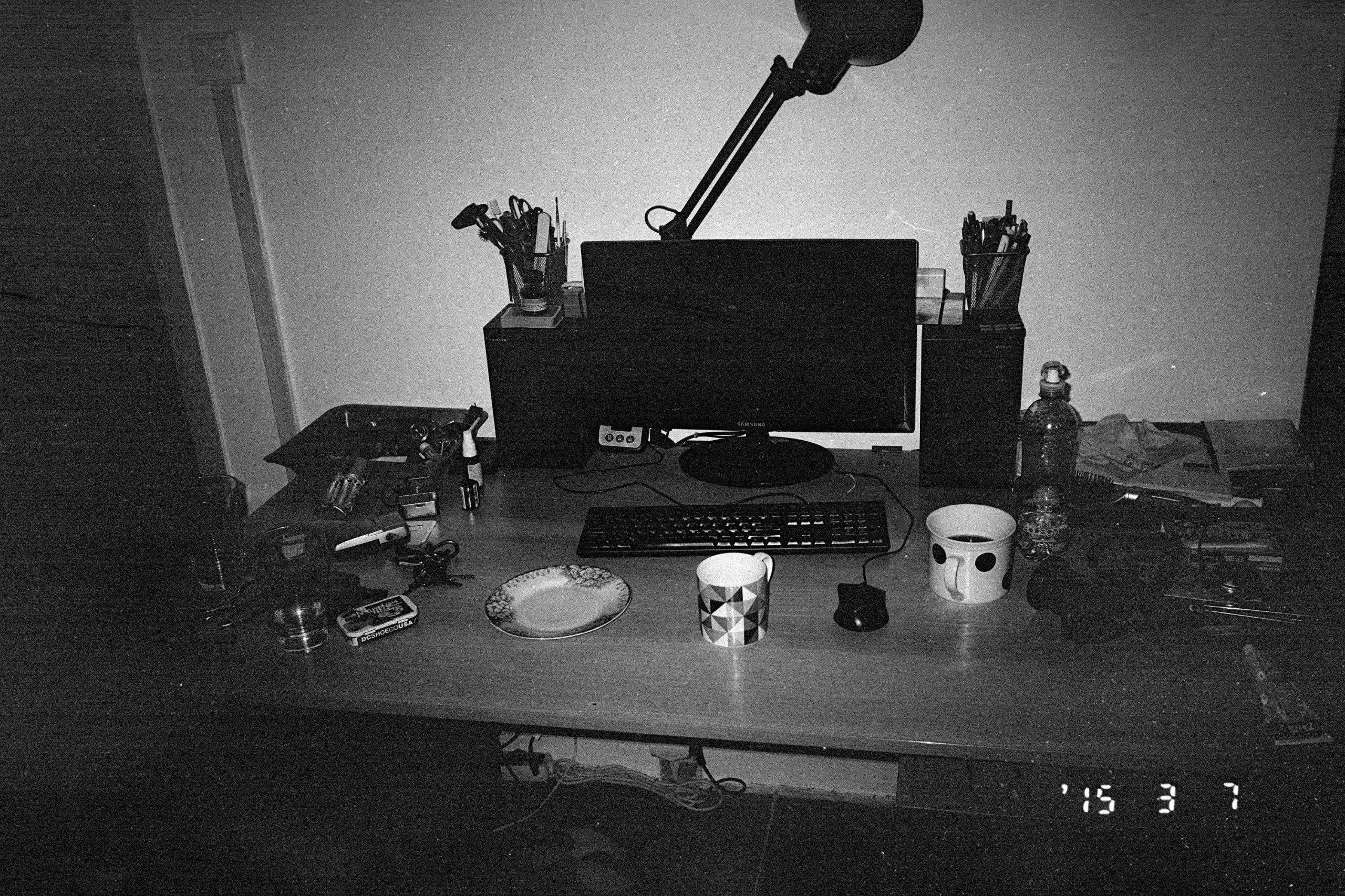
The shutter range is 1/60 – 1/250th of a second and together with the fact that the camera takes only 100 and 400 ISO films it does put limits on the exposure versatility. But in reality, it does not pose a real problem and guys in Canon were well aware of that. It also means no long exposures/night time photography.
The lens cover lever is also a power switch for the camera. Besides that it has a selftimer. Basically it is your average holiday shooter and nothing gives impression of being it ever anything else.
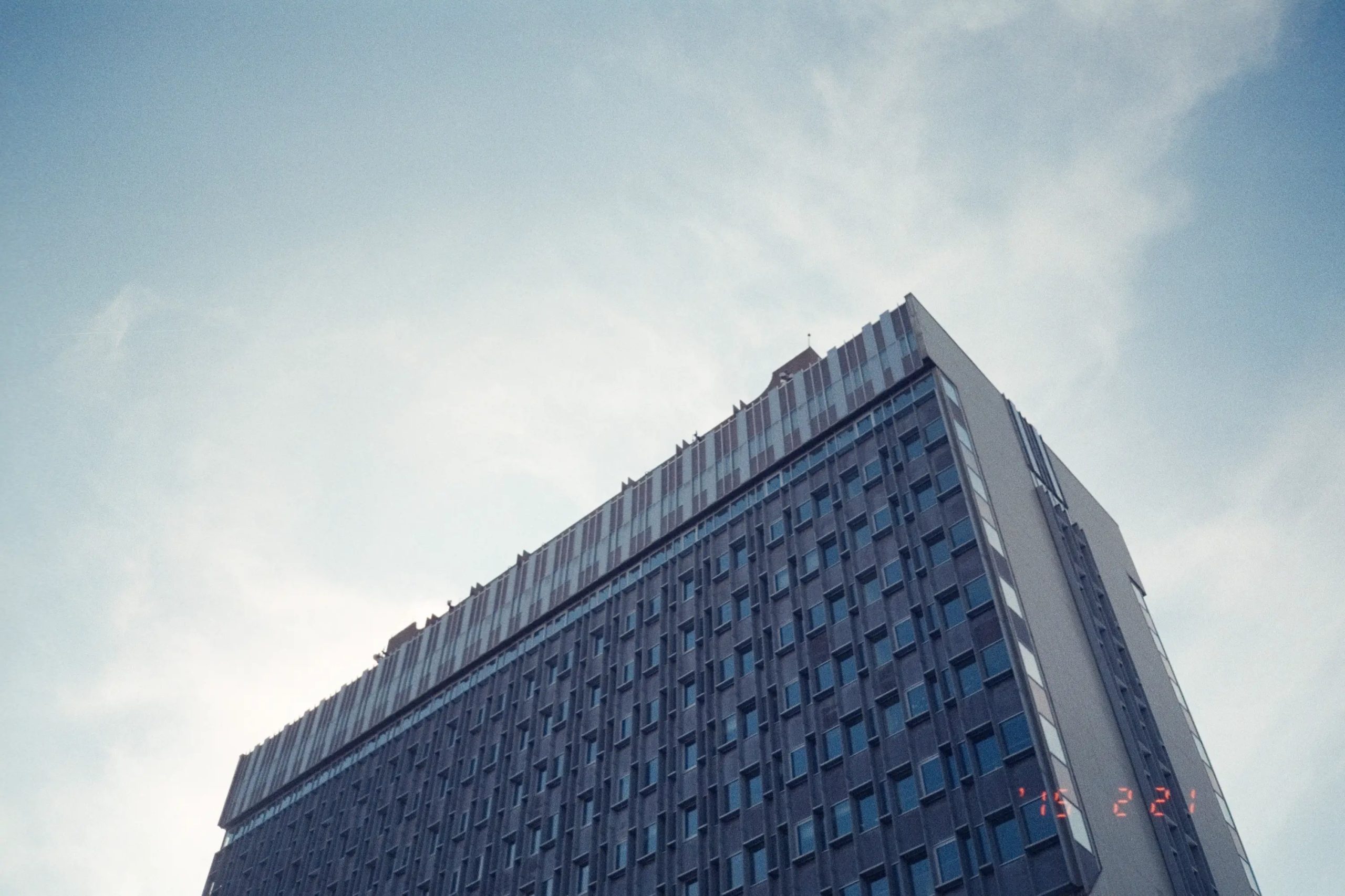
Usage
My intention for obtaining this camera (and others as well) was to have some inexpensive, low profile, semi capable shooter for carefree snapping away while not worrying about it receiving few scratches and bumps here and there. Something I could put into my pocket while skateboarding or something I can pass around on a party (I won’t let anybody touch my DL Super Mini, it just feels too delicate). I consider the fix focus on this kind of camera as a plus. Unless the autofocus is working properly enough, you are better without it. Half assed approach to autofocus will just make you miss more shots than fix focus. It also results in very quick response with minimal shutter lag as there is nothing to lag the shutter.
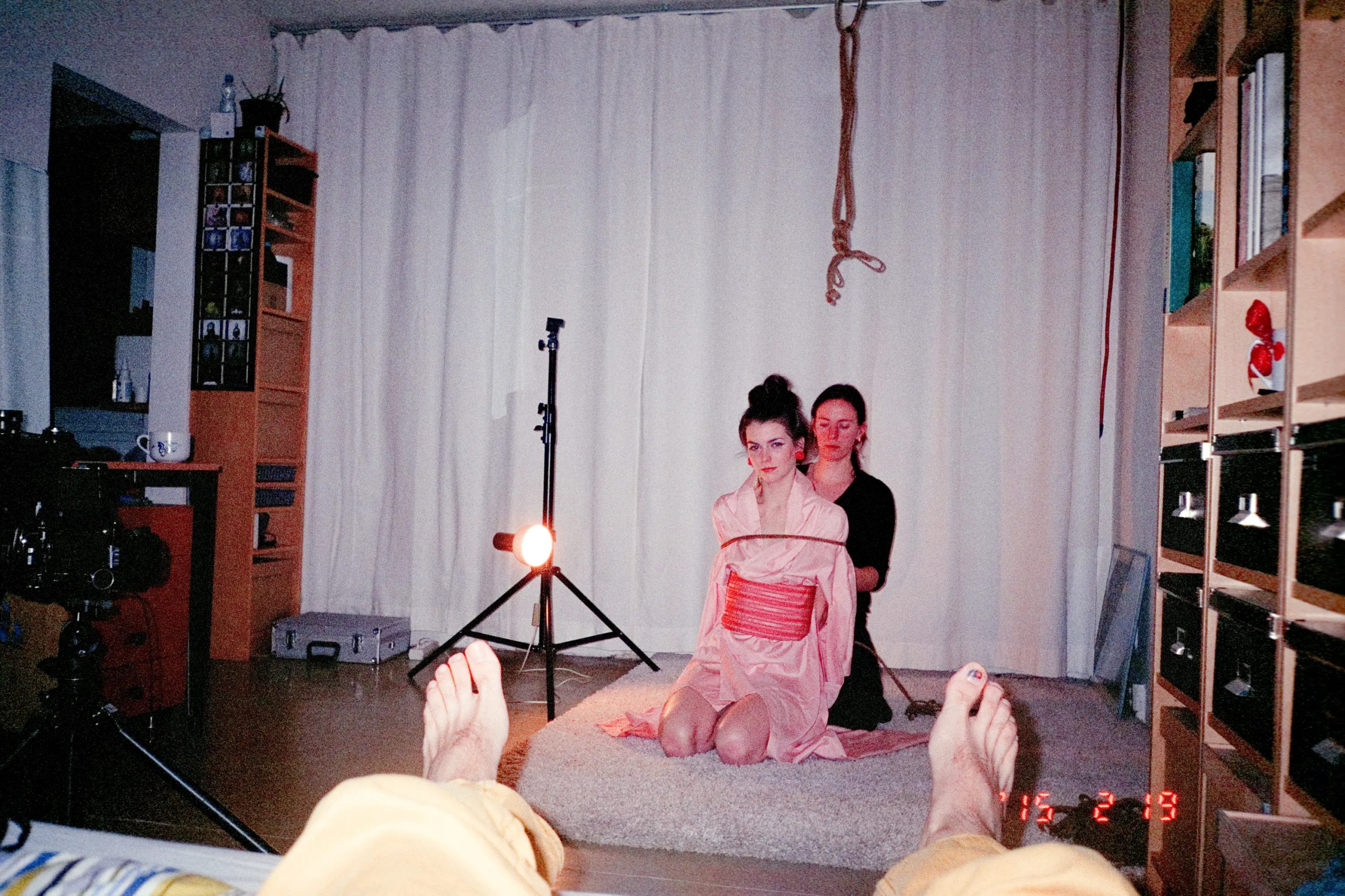
With previously mentioned requirements together with the awesome photos Fatih Yilmaz has on his flickr account, I had high hopes for this camera. I must say, that I do like its form factor a lot. The viewfinder is excellent and does not bother you with any stupid lines (I hate when the viewfinder shows more and only area within some cryptic set of lines is the approximate picture area) and allows for quick shooting with good eye relief unlike pinhole viewfinders of Nikon AF600 and likes.
I had to shorten the neck strap to wrist strap and equipped it with rope buckle clamp as I do with all my wrist straps (if you don’t do this, boy you’re missing out). I immediately turned on the date function for the sheer retro cool factor.
The camera does feel a bit rugged. The plastic is nice and does not feel cheap. There is nothing protruding outside of its sleek lines (sleek for 90’s that is) and it has nice weight. I do enjoy the almost zero shutter lag. You really just point and shoot.
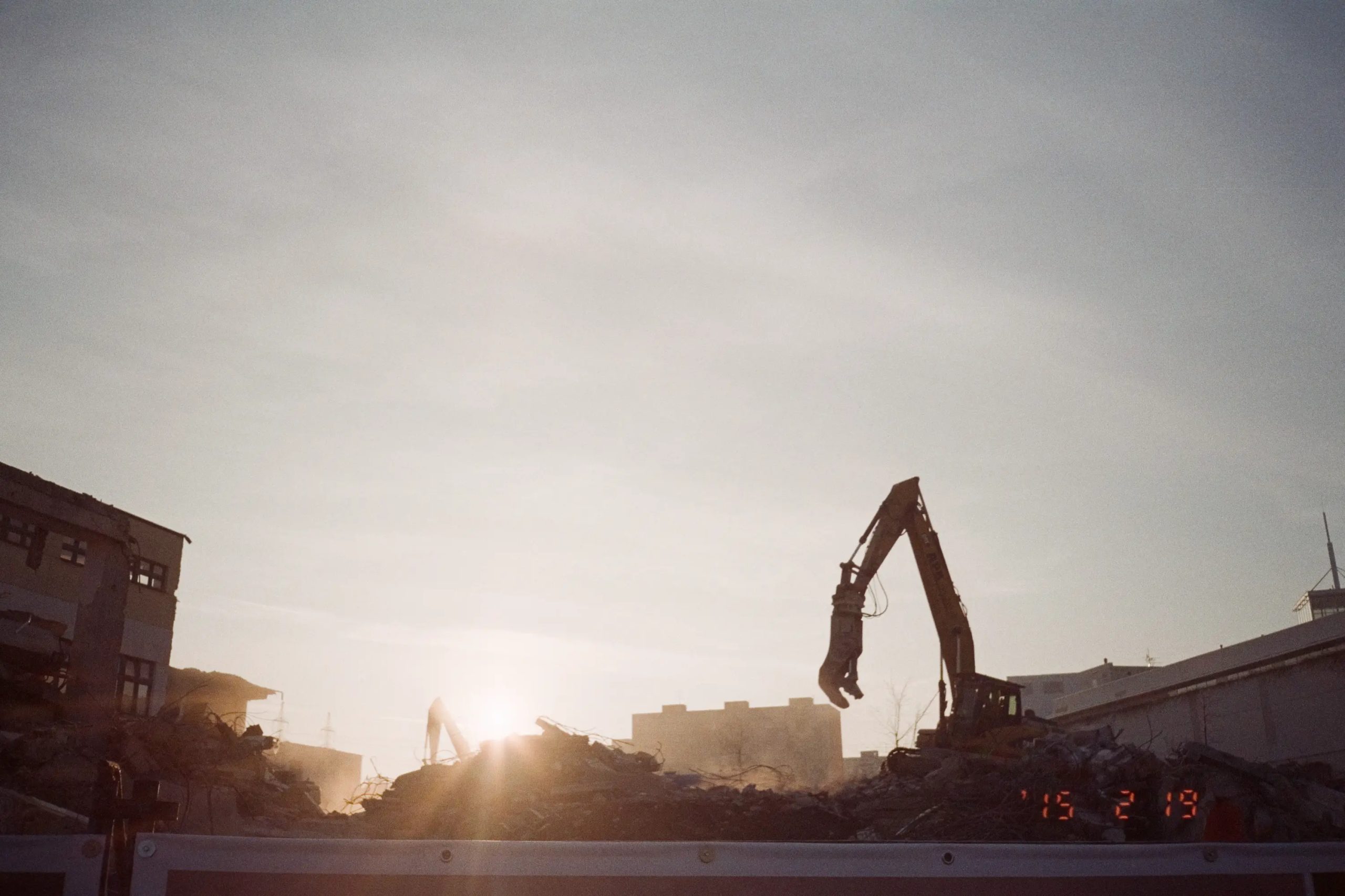
Conclusion
My excitement level for the Canon Prima BF-80 which has been upped by shots from Fatih Yilmaz has taken a bit of a dunk, but then again I am still interested in this camera for some reason. The fact that there is an area of sharp focus together with the given flash output, fixed focus and quick response time makes it pretty much ideal camera for a party. It won’t get fooled by smoke or glass.
I am not giving up yet on this one as I feel, there might be more to it than what I already got. The camera does have an autoexposure in some range that broadens its use outside your average Sunny 16 lomo cams while keeping it dead simple with the lack of features and autofocus. I am looking forward to shoot at a party with this thing. Should be fun.
Links:
Faith Yilmaz’s Instagram
Faith Yilmaz’s Flickr
Share this post:
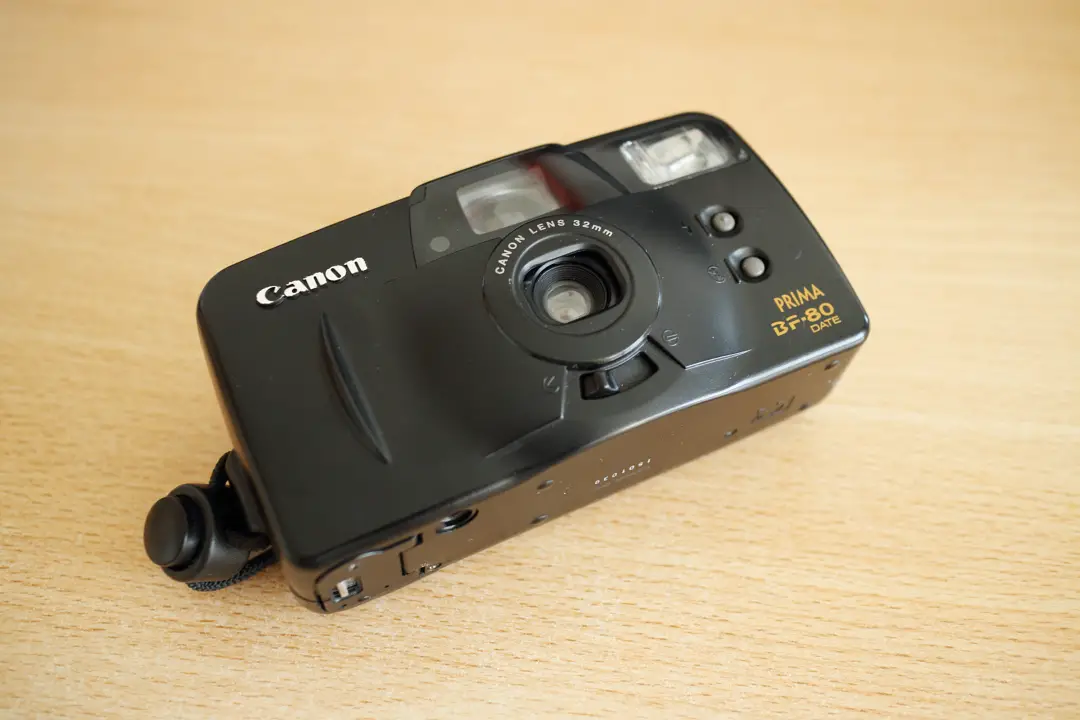








Comments
Mike on Canon Prima BF-80 Date Review (Snappy QT Date) – By Benn Murhaaya
Comment posted: 29/04/2015
Comment posted: 29/04/2015
Urvi on Canon Prima BF-80 Date Review (Snappy QT Date) – By Benn Murhaaya
Comment posted: 12/03/2018